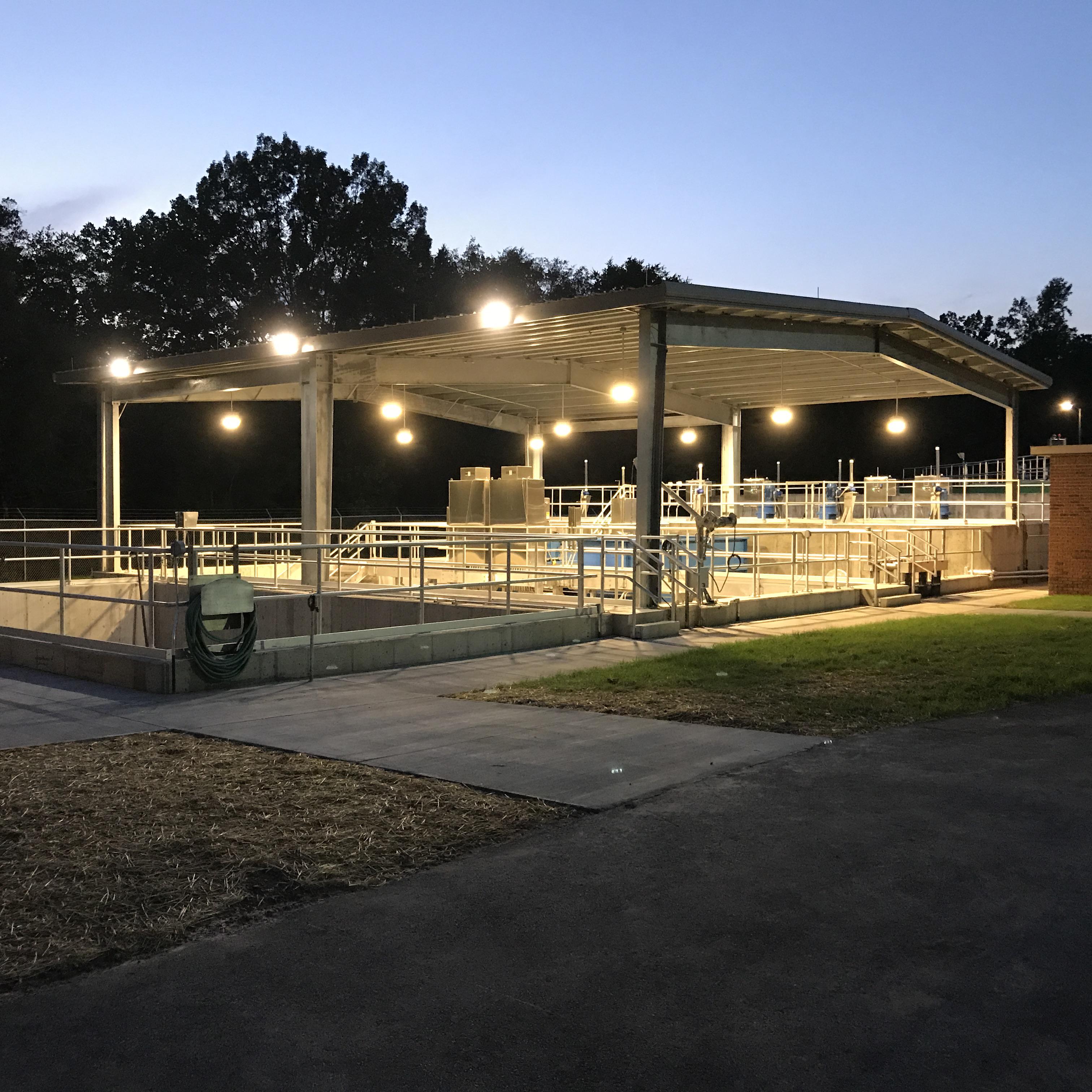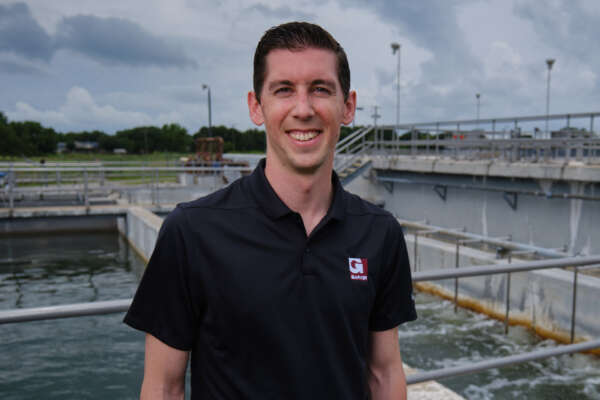Cardwell highlights Helena WWTP improvements in The Wave magazine
A tributary to one of the most ecologically diverse stretches of river in the United States remains safe and accessible for fishing, swimming, and other recreational uses thanks to a Garver-led project that helped the Helena Wastewater Treatment Plant meet increased discharge limits for total phosphorus.


Garver Project Manager Wes Cardwell highlighted the project that led to the Helena WWTP’s adherence to reduced permit limits for nutrients, therefore restoring water quality to the Cahaba River, in a recent issue of The Wave magazine, published by Alabama’s Water Environment Association. The WWTP discharges into Buck Creek, a tributary of the Cahaba River, and Cardwell’s article highlights the development of a facilities plan and implementation plan that improved infrastructure more than two decades old.
“The existing secondary and tertiary treatment processes regularly required staff attention to maintain operation and, even when operable, were challenged to meet permit requirements,” Cardwell wrote. “The Helena WWTP needed critical improvements to reliably and consistently achieve treatment goals.”
To meet the stringent effluent limits, the treatment plant rehabilitated two existing clarifiers, replaced its filtration system, and its UV disinfection system. The upgraded plant meets treatment goals well below the required 0.2 mg/L effluent total phosphorus limit. Garver identified existing structures and/or processes that could be rehabilitated or upgraded, assessed the existing operational and maintenance practices, and then developed a phasing plan to categorize improvements based on need.
The second phase includes lowering effluent total phosphorous limits to 0.043 mg/L, which will require additional treatment steps as developed in the phasing plan, by 2027.
To learn more about what Garver’s Water Team can do for you, visit our Water services page.








Share this article